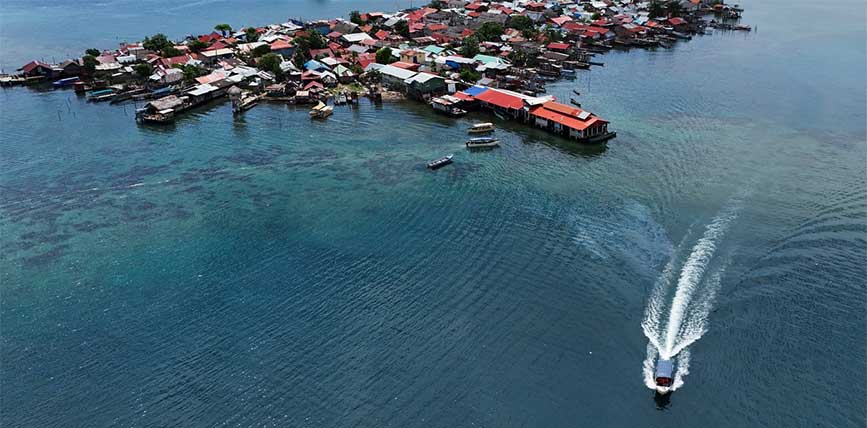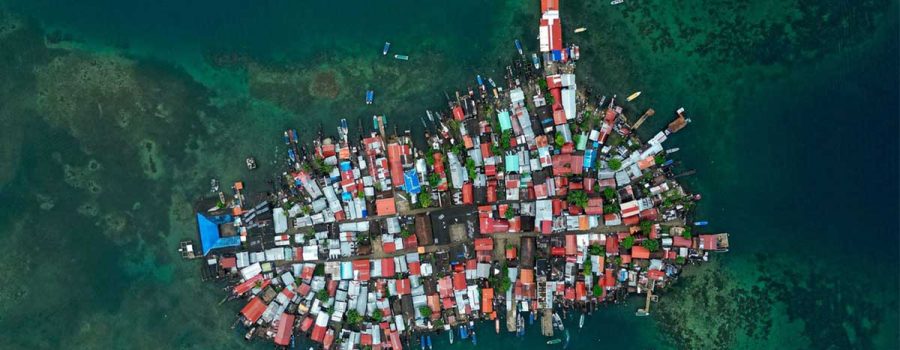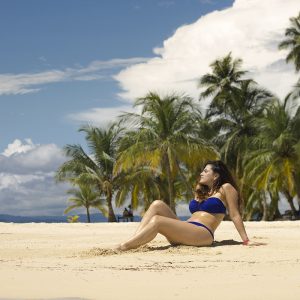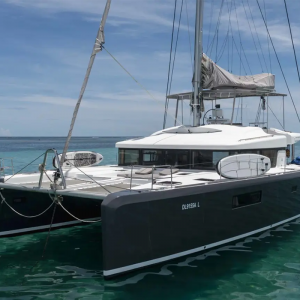Background
Climate change has become an inescapable reality affecting every corner of the planet. The consequences of global warming are evident in extreme weather events, biodiversity loss, and, crucially, rising sea levels. This last effect is profoundly impacting coastal communities and low-lying islands.
San Blas, an archipelago off the Caribbean coast of Panama, is home to the indigenous Guna community. These islands, known for their natural beauty and rich culture, are now in the spotlight due to the effects of climate change. As sea levels rise, the San Blas islands face the risk of disappearing, threatening the way of life of the Guna community, which has inhabited these lands for centuries.
International Regulations and Statements
The concern about climate change has been a recurring theme on the agendas of various international organizations. The United Nations (UN) has been particularly active in issuing warnings and promoting global actions to address this crisis. In its most recent report from the Intergovernmental Panel on Climate Change (IPCC), the UN emphasized that rising sea levels are a direct consequence of global warming and that, without immediate action, the outcomes will be catastrophic.
The Organization of American States (OAS) has also highlighted the vulnerability of coastal communities and urged regional governments to adopt policies for mitigating and adapting to climate change. In several statements, the OAS has pointed out the need to protect the most vulnerable populations, such as the Guna community, which faces the loss of their home and culture.
Current News on San Blas

The impact of climate change on San Blas has become dramatically evident in recent years. Recently, over 300 people from the island of Gardi Sugdub have had to relocate to the new community of Isberyala on the mainland. This move marks a historic and painful moment for the Guna community, which has lived on these islands for generations.
Gardi Sugdub, one of the islands most affected by rising sea levels, has experienced recurrent flooding and the loss of habitable land. The decision to relocate the population came after years of discussion and planning, aiming to provide a safe and sustainable environment for the residents.
The new community of Isberyala has been designed with modern infrastructure resilient to climate change. However, the move has not been easy. Families have had to adapt to a new environment, leaving behind their ancestral homes, traditions, and a significant part of their cultural identity.
Climate Impact on People’s Lives

Climate change is transforming not only the physical landscape of San Blas but also the daily lives of its inhabitants. The Guna community faces unprecedented challenges, from adapting to new environments to preserving their culture and traditions.
The forced relocation has generated mixed emotions among the residents. For many, leaving their homes on the islands has been a traumatic experience. The islands are not just geographic locations; they are the heart of Guna cultural identity. Ceremonies, stories, and community life are deeply rooted in these lands.
The uncertainty about the future has also caused anxiety among young Guna people. Although the new community of Isberyala offers better living conditions and safety, the abrupt change raises questions about the preservation of Guna culture and language. Schools and community programs are working hard to ensure that the new generations maintain a strong sense of identity and belonging.
Moreover, climate change has had tangible effects on the local environment. Coral reefs, vital for marine biodiversity and coastal protection, are suffering due to rising water temperatures and ocean acidification. Fishing, an important source of livelihood for the Guna community, has also been affected by these changes.
Public health is another area of concern. Rising temperatures and extreme weather conditions have contributed to the spread of vector-borne diseases such as dengue and Zika. The community needs to adapt to these new risks, which require additional resources and knowledge.
Conclusion
Climate change is a reality that is radically transforming life in San Blas and many other parts of the world. The story of the Guna community is a powerful reminder of the urgency of taking global and local actions to mitigate its effects. The relocation from Gardi Sugdub to Isberyala is just one chapter in a larger story about resilience, adaptation, and the fight for survival.
It is crucial that everyone, from world leaders to individual citizens, recognizes the severity of this crisis and acts to protect vulnerable communities. San Blas and its inhabitants show us that climate change is not a distant threat but a present reality demanding our immediate attention and action.






